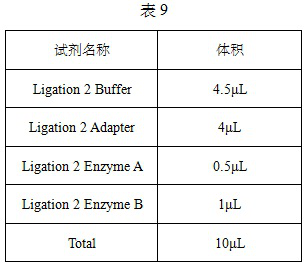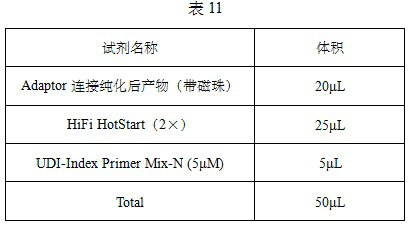Kit for detecting or assisting in detecting tumor-related gene variation and application thereof
A tumor-related gene and auxiliary detection technology, applied in the field of biomedicine, can solve the problems of low detection sensitivity, missed detection of low-frequency mutations, limited application scope, etc., and achieve the effect of strong exploration ability, high sensitivity and low detection limit.
- Summary
- Abstract
- Description
- Claims
- Application Information
AI Technical Summary
Problems solved by technology
Method used
Image
Examples
Embodiment
[0037] 1. Kits for the detection of tumor-related gene mutations
[0038] The kit for detecting tumor-related gene variation includes 320 DNA probes shown in SEQ ID NO: 1-SEQ ID NO: 320.
[0039] The acquisition process of the probe is as follows:
[0040] In order to realize the precise treatment of renal cancer, gastric cancer, and intestinal cancer, the present invention adopts the next-generation sequencing technology to capture the target region. After analysis and selection, all 80 (see Table 1) genes related to individualized medicine and genetic risk of tumors are obtained. Exon regions, hotspot regions of some genes, and chemotherapeutic drug-related SNP sites. To detect gene point mutation (SNV), small insertion deletion (Indel), copy number variation (CNV), gene fusion (Fusion) and microsatellite instability (MSI) with clear clinical significance in renal cancer, gastric cancer and intestinal cancer ) and other biomarkers to further guide the precise treatment of ...
PUM
 Login to View More
Login to View More Abstract
Description
Claims
Application Information
 Login to View More
Login to View More - R&D
- Intellectual Property
- Life Sciences
- Materials
- Tech Scout
- Unparalleled Data Quality
- Higher Quality Content
- 60% Fewer Hallucinations
Browse by: Latest US Patents, China's latest patents, Technical Efficacy Thesaurus, Application Domain, Technology Topic, Popular Technical Reports.
© 2025 PatSnap. All rights reserved.Legal|Privacy policy|Modern Slavery Act Transparency Statement|Sitemap|About US| Contact US: help@patsnap.com



